Exploring Lumbini & Beyond
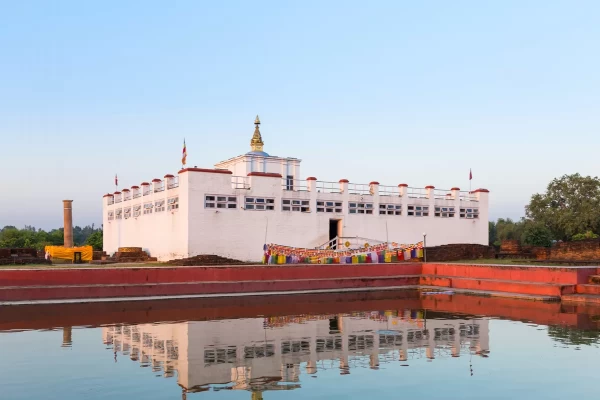
2500 years ago, Siddhartha Gautam acquired enlightenment after leaving his palace’s luxury. He renounced greed, envy, pride, lust, and rage to become the Buddha, which means “the enlightened one”. Lumbini is where Gautam Buddha was born. Gautam Buddha was born to King Suddhodana and Queen Mayadevi of Kapilvastu in 623 BC. Mayadevi, gave birth to Siddhartha near the Pushkarini pond when she was travelling with her entourage from the Tilaurakot palace in Kapilvastu to her house in Devdah. The Mayadevi temple was constructed in the spot where Buddha was born. The temple dates between the third and fifth century. Inside the temple, there is a fourth century stone carving which depicts the birth of Prince Siddhartha with Mayadevi supporting herself with a tree branch. Her sister, Prajapati and the Devgan appear around her. Outside the temple, there are remnants of an ancient Buddhist monastery. The Ashoka pillar, constructed in 249 BC by Emperor Ashoka stands right next to the temple. On the pillar, there is an inscription which reads, "This is the birthplace of Shakyamuni Buddha in Lumbini,"
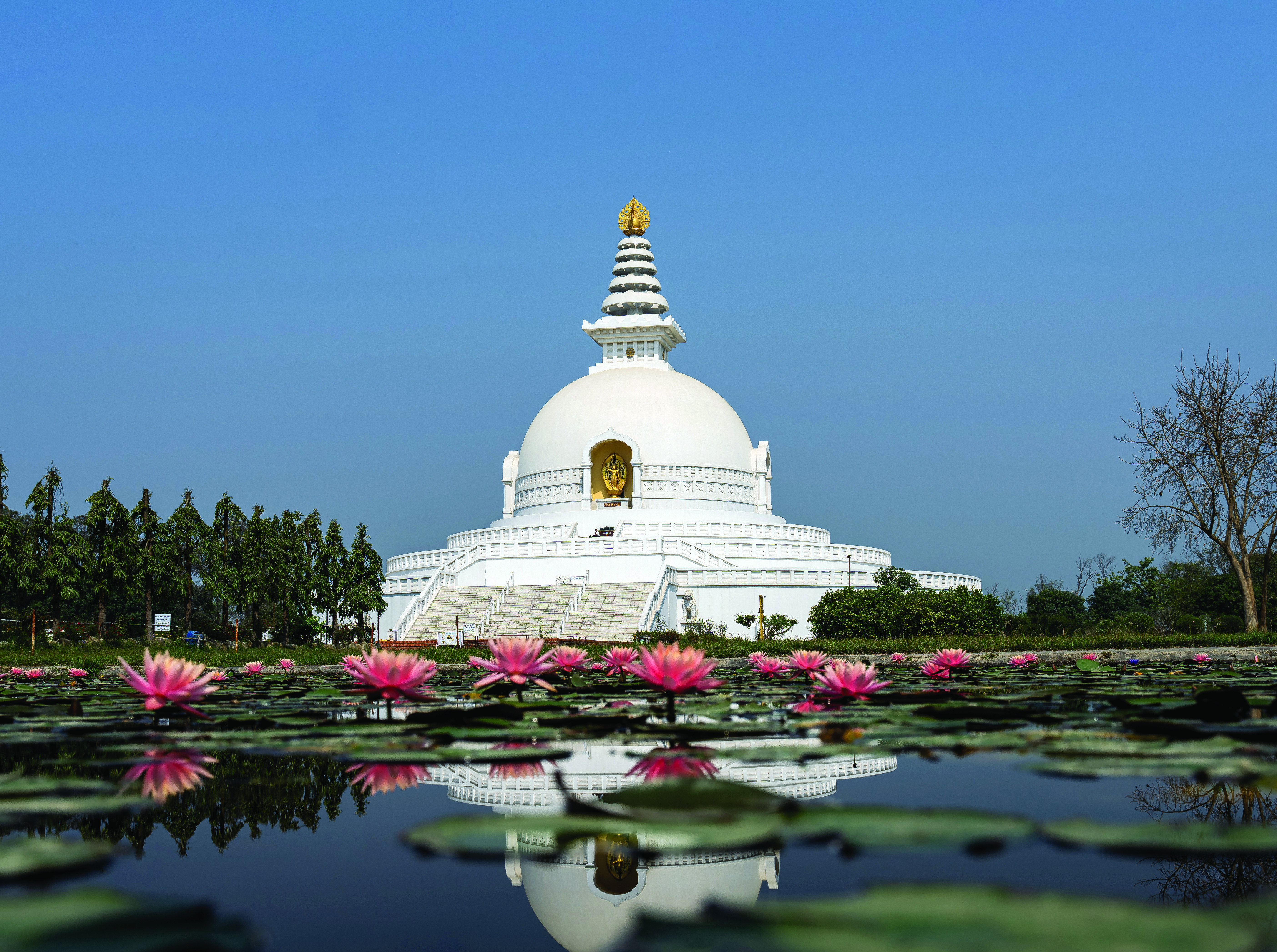 The Development of Lumbini
The Development of Lumbini
Lumbini was discovered by archaeologists during an excavation from 1992 to 1996. They discovered the Ashoka pillar and the birth monument stone which marked its importance. Then, UNESCO declared Lumbini as a World Heritage Site in 1997. A master plan for Lumbini was created in 1978 by Japanese architect, Prof. Kenzo Tange. 716 acres of land were purchased for this which was divided to three portions from north to south.
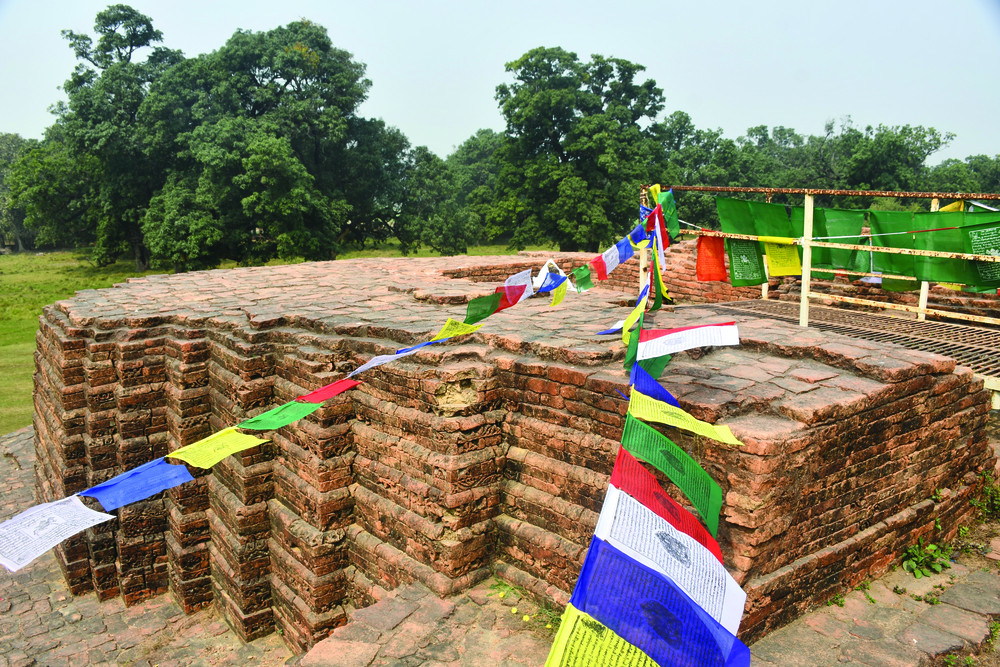 The new Lumbini settlement was to the north, the Vihara region in the center and the Mayadevi temple to the south. The Vihar region has planned construction of 42 Buddhist monasteries out of which 39 have been. A canal runs through the middle of the planned area which spans over 1600 meters. A ferry also runs through the canal for travelling convenience. South of the canal, there is the Eternal Peace Flame.
The new Lumbini settlement was to the north, the Vihara region in the center and the Mayadevi temple to the south. The Vihar region has planned construction of 42 Buddhist monasteries out of which 39 have been. A canal runs through the middle of the planned area which spans over 1600 meters. A ferry also runs through the canal for travelling convenience. South of the canal, there is the Eternal Peace Flame.
Lumbini covers a large area and you might need to travel by rickshaw, bicycle or taxi. Visit Lumbini for its peace and tranquillity. People also visit to meditate here taking refuge in Buddha’s birthplace. There is a Buddha Biraha Cultural Group in the Lumbini that teaches Buddha’s teachings through music. The Bhojpuri lyrics sing about Buddha’s life and teachings. They arrive at hotels while playing traditional instruments such as dhol, harmonium, farsa, and majira. Outside the Lumbini premises, there are other spots that are of historical importance. They are Tilaurakot, Ramgram, and Devdah. Tourism entrepreneurs have branded this as the “Buddhist Circuit”. Lumbini is the birthplace of Buddha whereas Tilaurakot is where the palace where Buddha lived until the age of 29 was situated before he set out on his enlightenment journey. Devdah is where Mayadevi grew up and Ramgram is the place where Buddha’s relics were buried after his cremation.
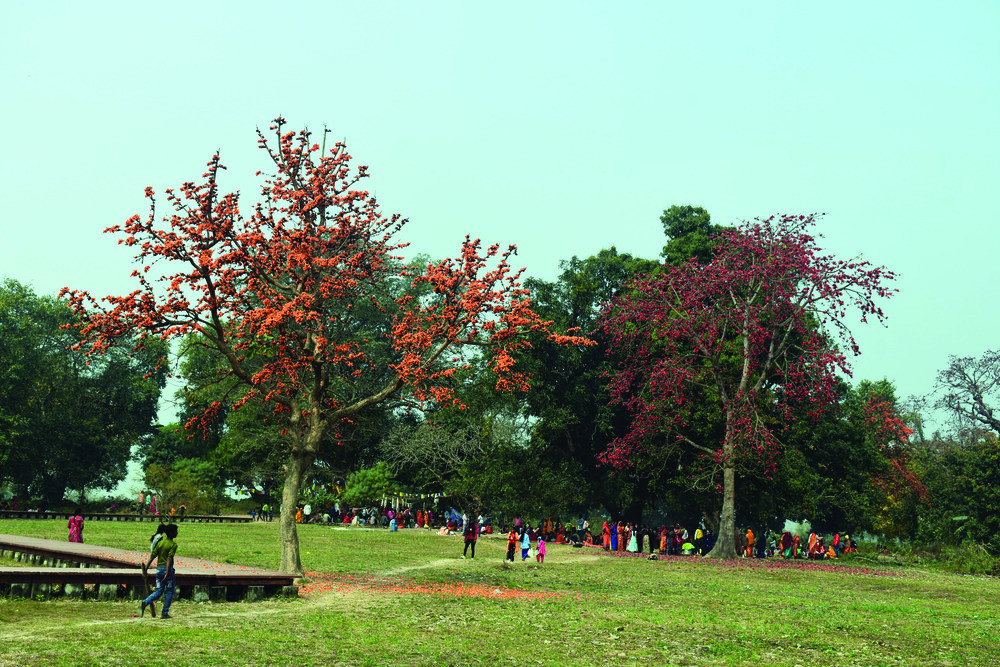 Additional Buddhist pilgrimage sites included on the Buddhist circuit tour are Niglihawa, Araurakot, Sagarhawa, Sisahnia, Kudan, Gotihawa, Rohini Khola, and Anoma River. Lumbini is a magnificent flower garden in terms of ethnicity as several communities such as Yadav, Kurmi, Kshatriya, Bahun, Newar, and Tharu castes coexist, among others.
Additional Buddhist pilgrimage sites included on the Buddhist circuit tour are Niglihawa, Araurakot, Sagarhawa, Sisahnia, Kudan, Gotihawa, Rohini Khola, and Anoma River. Lumbini is a magnificent flower garden in terms of ethnicity as several communities such as Yadav, Kurmi, Kshatriya, Bahun, Newar, and Tharu castes coexist, among others.
There are no issues with meals and lodging. According to Lumbini Tourist Development Council board member Lilamani Sharma, 82 hotels and resorts have tourism facilities in Lumbini. With 2,400 rooms and 5,000 beds, hotels are accessible to tourists regardless of their budget. Spend at least three days in Lumbini to visit all the major attractions. There is even a Buddhist university which provides a degree in Buddhist philosophy.
Souvenir
At Lumbini, you can get all kinds of souvenirs related to Buddhism. You can get Buddha statues crafted from wood and clay. T-shirts, khadi fabrics, backpacks, incense, and handicrafts with images of Buddha and Lumbini are also available. Souvenirs are available at Lumbini Bazaar in front of Gate No. 5 and Parsa Bazar in front of Gate No. 3 of Lumbini. For sweets, visit the Pawan Mishthan Bhandhar at Bhairawaha to get the famous pedas and other traditional sweets. At Tansen, you can get Dhaka fabric and Dhlaut sawdust. There are many places to buy souvenirs here. Shaligram Shila and Gund (Sakhkhar) are the specialities of Ridi Bazaar.

Nearly 86% of the Lumbini master plan has been completed. The government has already pledged 7 billion rupees for the plan. If all goes well and we receive the funds, the project will be completed by 2026.
Sanuraja Shakya
Member Secretary, Lumbini Development Trust

We have made a 'Buddhist Circuit' to prolong the stay of tourists in the Lumbini area. Everyone has to join hands to guide tourists to all places including Lumbini, Tilaurakot, Ramgram and Devdah which are connected with Buddha.
Lilamani Sharma
Member, Lumbini Tourism Development Council

Because the Gautam Buddha International Airport has been constructed in Bhairahawa, the Nepalese government should facilitate the arrival of tourists from Buddhist nations. Ultimately, religious tourism will grow in this region.
Sanjay Bajimaya
Chairman, Sotto, Lumbini Province
How to reach?
-
Kathmandu-Lumbini 325 km, 10 hours by car.
-
Kathmandu-Bhairawa by flight 30 minutes.
-
Bhairahawa-Lumbini 20 km, 35 minutes by car.
A master plan for Lumbini was created in 1978 by Japanese architect, Prof. Kenzo Tange. 716 acres of land were purchased for this which was divided to three portions from north to south. The new Lumbini settlement was to the north, the Vihara region in the center and the Mayadevi temple to the south. The Vihar region has planned construction of 42 Buddhist monasteries out of which 39 have been. A canal runs through the middle of the planned area which spans over 1600 meters. A ferry also runs through the canal for travelling convenience. South of the canal, there is the Eternal Peace Flame. Lumbini covers a large area and you might need to travel by rickshaw, bicycle or taxi. Visit Lumbini for its peace and tranquillity. People also visit to meditate here taking refuge in Buddha’s birthplace.
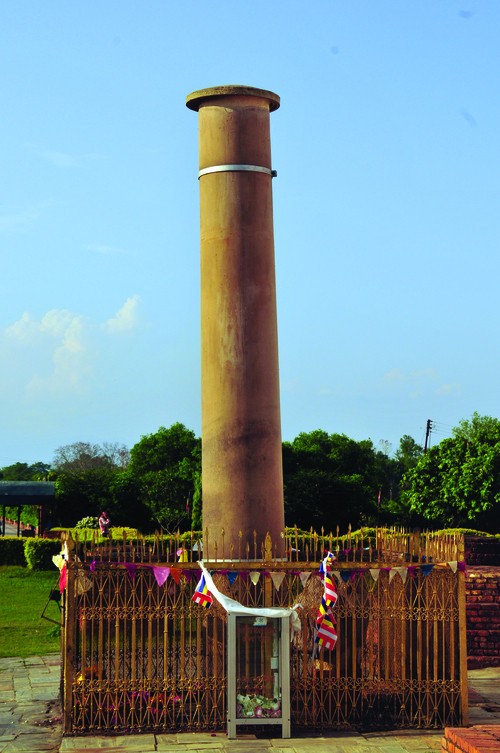
There is a Buddha Biraha Cultural Group in the Lumbini that teaches Buddha’s teachings through music. The Bhojpuri lyrics sing about Buddha’s life and teachings. They arrive at hotels while playing traditional instruments such as dhol, harmonium, farsa, and majira. Outside the Lumbini premises, there are other spots that are of historical importance. They are Tilaurakot, Ramgram, and Devdah. Tourism entrepreneurs have branded this as the “Buddhist Circuit”. Lumbini is the birthplace of Buddha whereas Tilaurakot is where the palace where Buddha lived until the age of 29 was situated before he set out on his enlightenment journey. Devdah is where Mayadevi grew up and Ramgram is the place where Buddha’s relics were buried after his cremation.
.jpg) Additional Buddhist pilgrimage sites included on the Buddhist circuit tour are Niglihawa, Araurakot, Sagarhawa, Sisahnia, Kudan, Gotihawa, Rohini Khola, and Anoma River. Lumbini is a magnificent flower garden in terms of ethnicity as several communities such as Yadav, Kurmi, Kshatriya, Bahun, Newar, and Tharu castes coexist, among others. There are no issues with meals and lodging. According to Lumbini Tourist Development Council board member Lilamani Sharma, 82 hotels and resorts have tourism facilities in Lumbini. With 2,400 rooms and 5,000 beds, hotels are accessible to tourists regardless of their budget. Spend at least three days in Lumbini to visit all the major attractions. There is even a Buddhist university which provides a degree in Buddhist philosophy.
Additional Buddhist pilgrimage sites included on the Buddhist circuit tour are Niglihawa, Araurakot, Sagarhawa, Sisahnia, Kudan, Gotihawa, Rohini Khola, and Anoma River. Lumbini is a magnificent flower garden in terms of ethnicity as several communities such as Yadav, Kurmi, Kshatriya, Bahun, Newar, and Tharu castes coexist, among others. There are no issues with meals and lodging. According to Lumbini Tourist Development Council board member Lilamani Sharma, 82 hotels and resorts have tourism facilities in Lumbini. With 2,400 rooms and 5,000 beds, hotels are accessible to tourists regardless of their budget. Spend at least three days in Lumbini to visit all the major attractions. There is even a Buddhist university which provides a degree in Buddhist philosophy.
Souvenir
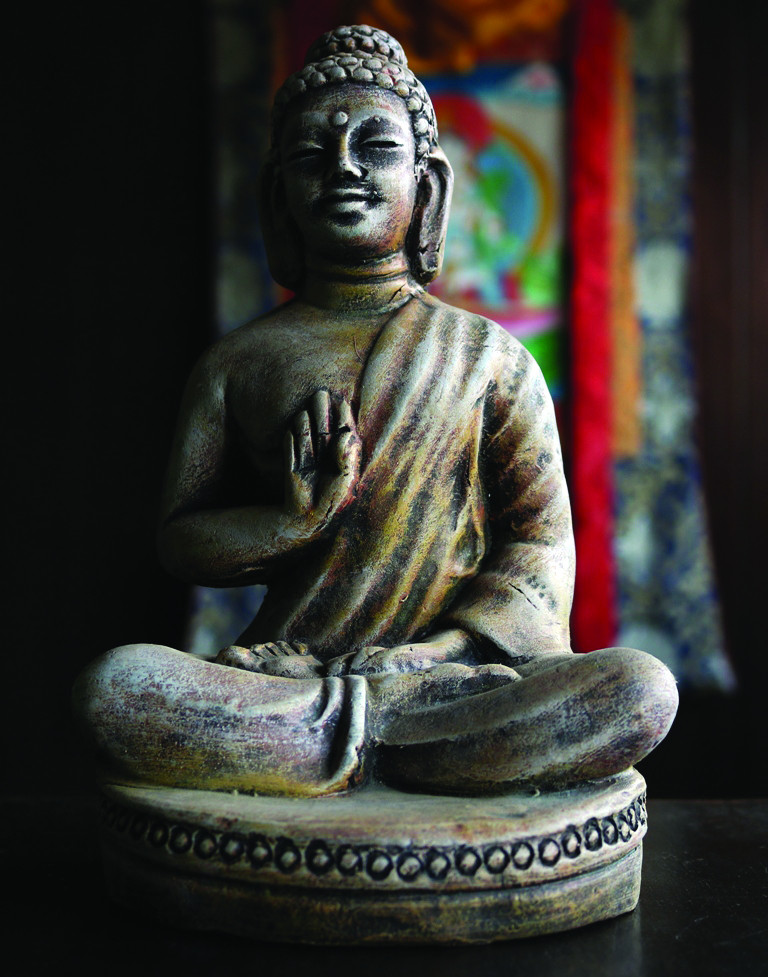 At Lumbini, you can get all kinds of souvenirs related to Buddhism. You can get Buddha statues crafted from wood and clay. T-shirts, khadi fabrics, backpacks, incense, and handicrafts with images of Buddha and Lumbini are also available. Souvenirs are available at Lumbini Bazaar in front of Gate No. 5 and Parsa Bazar in front of Gate No. 3 of Lumbini.
At Lumbini, you can get all kinds of souvenirs related to Buddhism. You can get Buddha statues crafted from wood and clay. T-shirts, khadi fabrics, backpacks, incense, and handicrafts with images of Buddha and Lumbini are also available. Souvenirs are available at Lumbini Bazaar in front of Gate No. 5 and Parsa Bazar in front of Gate No. 3 of Lumbini.
For sweets, visit the Pawan Mishthan Bhandhar at Bhairawaha to get the famous pedas and other traditional sweets. At Tansen, you can get Dhaka fabric and Dhlaut sawdust. There are many places to buy souvenirs here. Shaligram Shila and Gund (Sakhkhar) are the specialities of Ridi Bazaar.
Delicious Tharu food
Taste local Tharu cuisine in Lumbini at 'Alina Restaurant and Tharu Kitchen'. A vacation to Lumbini would not be complete without sampling some local Tharu cuisine. Discover local dishes while strolling around the surrounding villages. One such restaurant in the market is ‘Alina Restaurant and Tharu Kitchen’. It was opened 9 years ago by Dhirendra Prasad Chaudhary along with his brother Pradeep in Mahilbar.
.jpg) The restaurant is located near gate 4 of Lumbini. 40-year-old Dhirendra stated, "We have opened a restaurant on our land to promote Tharu cuisine." Here, you can get ghongi, dhikri, rikwach, fish, potato chokha, black nimak rice, and pigeon meat here. 'Ghongi' is a freshwater snail which is an excellent source of calcium and iron. The Dhikri is made by kneading rice flour in hot water then fried in ghee or boiled and eaten with pickles. Rikwach is a karkalo leaf-based meal where the leaves are fried in oil with rice gram flour, salt, ginger, and garlic. Pigeon meat is prepared from 1.5 and 2 months old birds that cannot fly. It can be fried, made into a gravy, or braised. It is consumed primarily throughout winter. Fish is another vital component of Tharu cuisine. Here, river fish and other aquatic animals such as prawns, bhoti, and crab are prepared. Likewise, black namak rice is aromatic and delicious.
The restaurant is located near gate 4 of Lumbini. 40-year-old Dhirendra stated, "We have opened a restaurant on our land to promote Tharu cuisine." Here, you can get ghongi, dhikri, rikwach, fish, potato chokha, black nimak rice, and pigeon meat here. 'Ghongi' is a freshwater snail which is an excellent source of calcium and iron. The Dhikri is made by kneading rice flour in hot water then fried in ghee or boiled and eaten with pickles. Rikwach is a karkalo leaf-based meal where the leaves are fried in oil with rice gram flour, salt, ginger, and garlic. Pigeon meat is prepared from 1.5 and 2 months old birds that cannot fly. It can be fried, made into a gravy, or braised. It is consumed primarily throughout winter. Fish is another vital component of Tharu cuisine. Here, river fish and other aquatic animals such as prawns, bhoti, and crab are prepared. Likewise, black namak rice is aromatic and delicious.
.jpg)
Contact - Dhirendra Prasad Chaudhary – 9847031240
Alina Restaurant & Tharu Kitchen, Mahilbar, Lumbini
The Encyclopedia of Lumbini
Pralhad Yadav is a notable guide in Lumbini. He has been working as a tour guide for 20 years. He is well-versed in the geographical, spiritual, cultural, and religious topics of the entire Lumbini region. Such that he is referred to as the encyclopedia of Lumbini. He began his career as a guide after training as a tour guide in 2002. "To visit Lumbini, you must stay here for at least three nights. Most tourists are in a hurry so they only visit the Mayadevi temple", explains Yadav, 49. "But if you go around with a guide, you will learn many things."
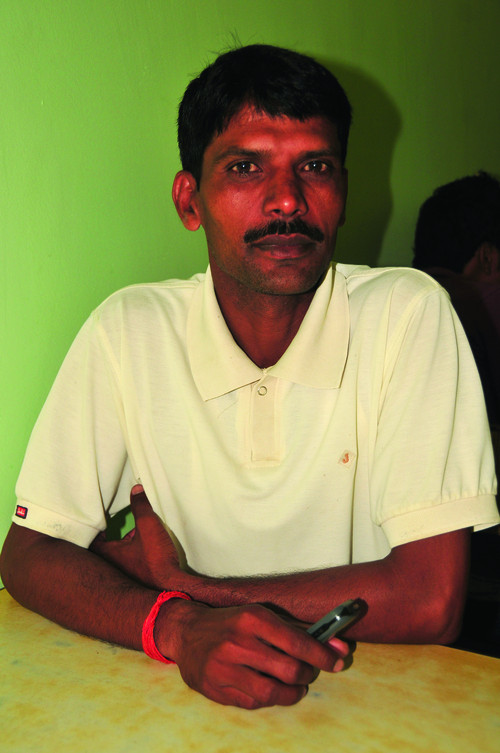
Contact : Prahlad Yadav
Phone: 9847038124
Reservoir of Jagdishpur
You will be enchanted by the chirping of the reservoir's birds, tasty meals, and the lively culture of the Tharu homestay.
Jagdishpur Reservoir (197 meters) near Kapilvastu is rich in biological diversity. It is called a bird paradise where 295 species are found, in addition to diverse flora and fauna. The reservoir situated in Wards 9 and 10 of Kapilvastu Municipality covers 225 hectares. This is a manmade reservoir which was constructed for irrigation in 1979. In August 13, 2003, this reservoir was added to the Ramsar sites list.
The Jagdishpur Reservoir has become a destination for tourists who visit this location for bird watching. Throughout winter, there is an influx of migratory birds from coming from the north.
There are hotels and community homestays for tourists near the reservoir. In the Jagdishpur village, guests are housed in 13 Tharu homes which can accommodate up to 27 people. There are rooms available with adjoining bathrooms.
In the homestay, you can get Tharu meals and also observe cultural Tharu dance programs. That is why it's preferable to stay here during the trip.
